Big Cat Rescue Needs Your Help
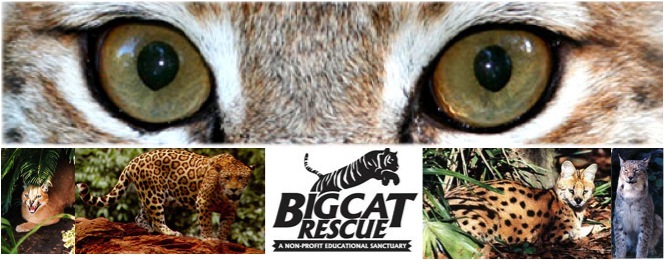
Big Cat Rescue’s mission is to provide the best possible home for the animals in their care and try to stop the flow of exotic cats needing sanctuary by educating the public about the plight of the animals and supporting stronger laws to protect them. The non-profit organization is: Accredited by the Global Federation of Sanctuaries, Certified by Independent Charities of America as a “Best in America Charity”, a Member of the WorldSociety for Protection of Animals, Rated 4 Stars (highest rating) by Charity Navigator for sound fiscal management.
Trivia question for Jul-27-2011
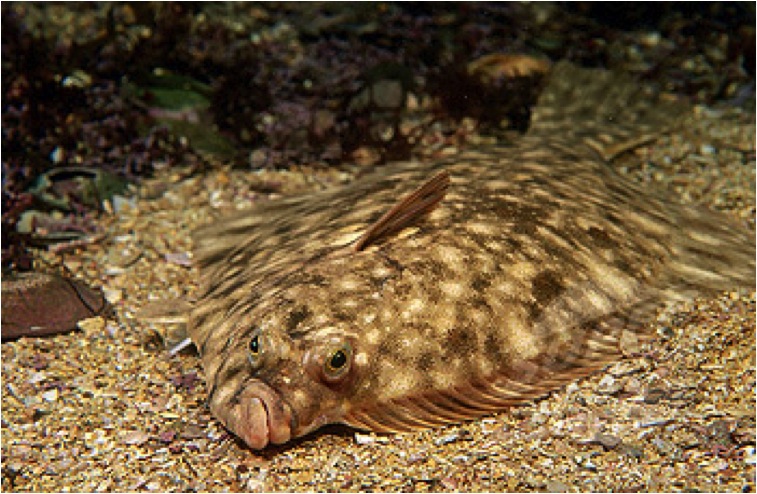
They feed at night, drifting inshore with the tide to snap up burrow-dwelling shellfish and worms. They have an acute sense of smell, and uses it to track down prey in the often murky water of its habitat. They live in coastal waters, as well as lower reaches of rivers, from Arctic Scandinavia south through Europe to North Africa.
Trivia question for Jul-26-2011
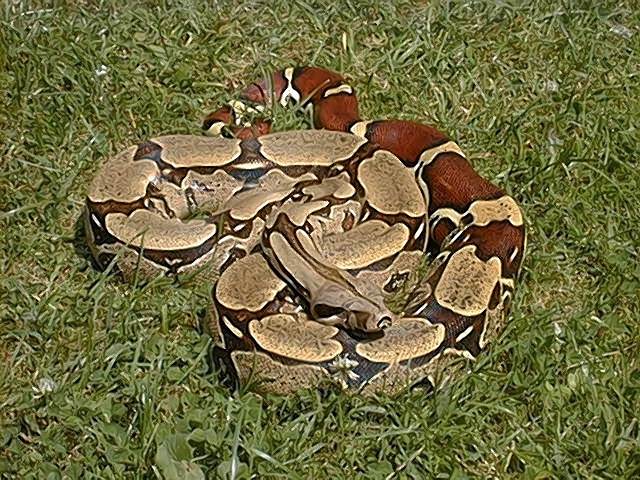
This is a large snake, although only modestly sized in comparison to other large snakes such as the reticulated and Burmese python, and can reach lengths of anywhere from 3–13 feet depending on the locality and the availability of suitable prey.
Trivia question for Jul-25-2011
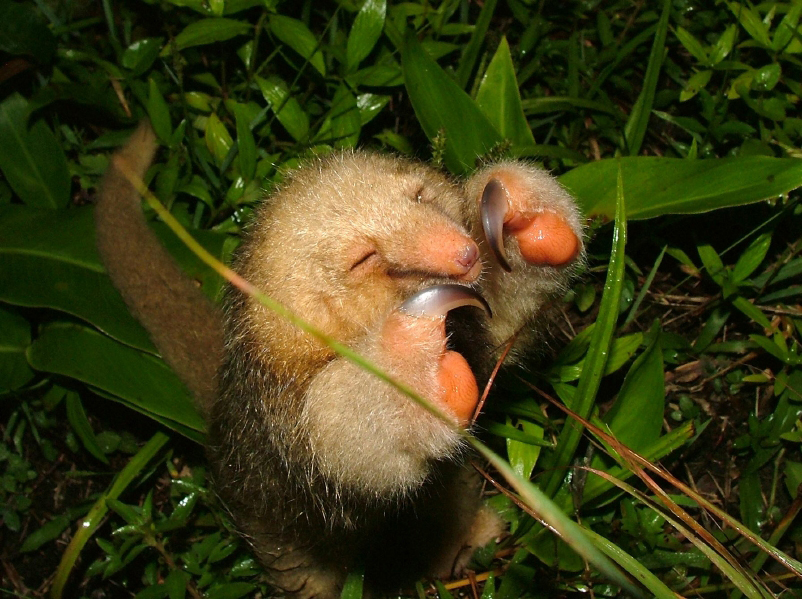
It is a nocturnal and arboreal animal, found in lowland rain-forests with continuous canopy where they can move to different places without the need to descend from trees. When threatened, these guys defend themselves by standing on its hind legs and holding its forefeet close to its face so it can strike any animal that tries to get close with its sharp claws.
Trivia question for Jul-24-2011
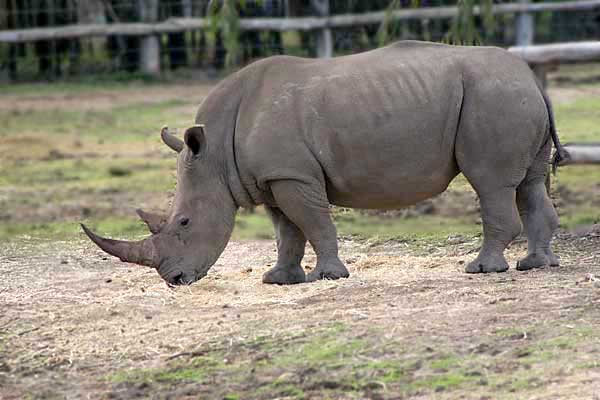
The long front horn averages 2-feet in length but can actually reach up to 5-feet in length. These guys usually move at about 15-mph in a graceful trot, but can gallop at up to 25 mph for shorter distances. These guys are almost matched with the hippo for the title of the second largest land mammal after the elephant. While the hippo may out weigh this rhino species, they are not as tall as the rhino.
Huddleston Elementary ‘After School Program’ Talks Trash

One More Generation’s “Plastic Awareness Week” program is helping to save America’s children from our Plastic Pollution. If your interested in having our two young founders come out to your school or church to teach their program, send us an email. We would love to share what we have learned 😉
Trivia question for Jul-23-2011
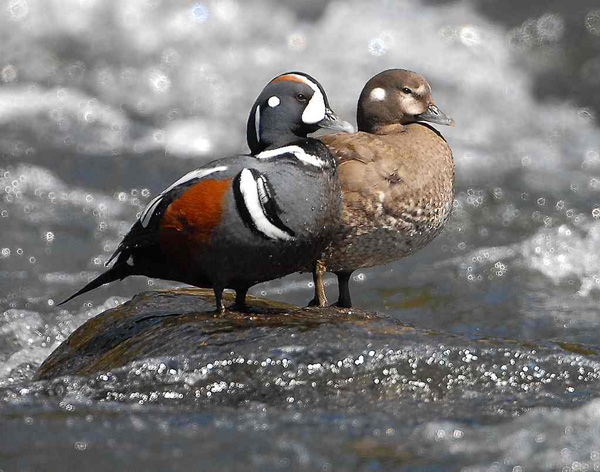
These birds feed by swimming under water or diving. They also dabble. They eat molluscs, crustaceans and insects. They have smooth, densely packed feathers that trap a lot of air within them.
OMG Hosts Educational Program at the First United Methodist Church VBS Summer Camp

“This amazing piece of art was created for OMG by a very talented local artist Jenna Gridley”
Olivia and Carter were recently invited to teach their Plastic Awareness program to the kids attending this years VBS classes at the Fayetteville First United Methodist Church in Fayetteville GA. Pastor Kristen Heiden and her amazing staff and volunteers host probably one of the areas most popular VBS summer camps. This year our two young founders were invited to share their Plastic Awareness program to all the attending students.
Trivia question for Jul-22-2011
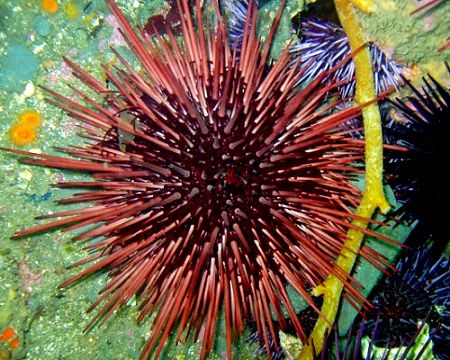
They move slowly, feeding mostly on algae. Sea otters, wolf eels, triggerfish, and other predators feed on them. Their “roe” (actually the gonads) is a delicacy in many cuisines. These guys are sensitive to touch, light, and chemicals. Although they do not have eyes or eye spots, recent research suggests that their entire body might function as one compound eye.
Trivia question for Jul-21-2011
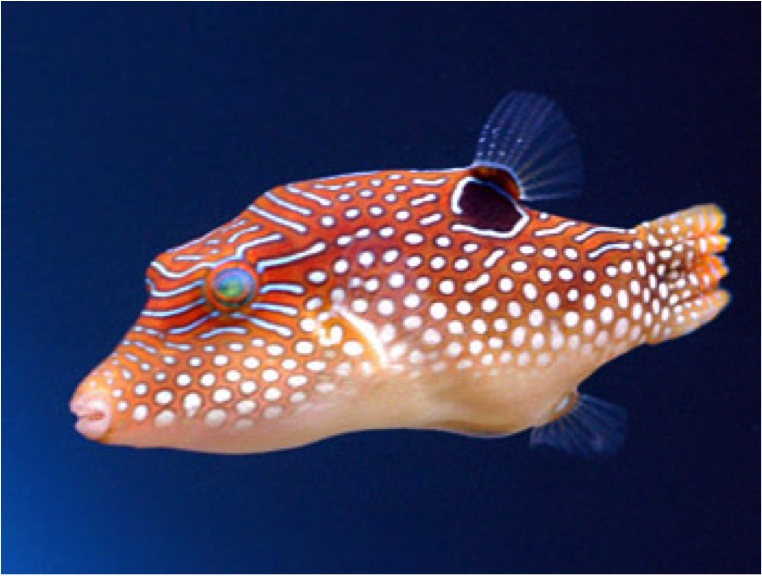
These fish are able to move their eyes independently, and many species can change the color or intensity of their patterns in response to environmental changes. In these respects they are somewhat similar to the terrestrial chameleon. Although most of these fish are drab, many have bright colors and distinctive markings and make no attempt to hide from predators.
Trivia question for Jul-20-2011
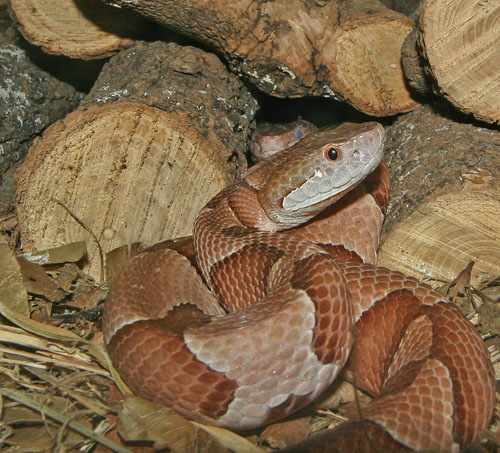
These guys are in the viper family and they sense warm-blooded prey through pits on each side of its head. Adults usually grow to a total length of 20–37 in, although some may exceed 3.3 ft. Males are usually larger than females. The maximum length reported for this species is 53.0 in.
Plastic Awareness Week Program at Riverside Retreat
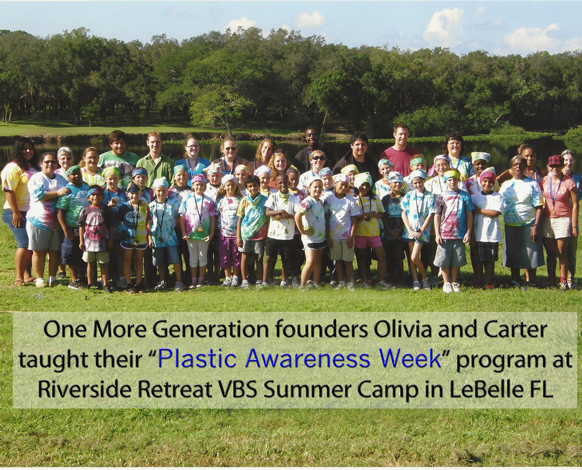
The “Plastic Awareness Week” program consists of a week long defined set of curriculum which focuses on educating the students about plastic pollution, recycling, and finding alternatives that every family can adopt to make an immediate impact on our dependency to plastic.
Trivia question for Jul-19-2011
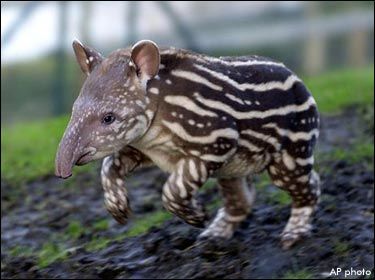
The species are excellent swimmers and divers but also moves quickly on land, even over rugged, mountainous terrain. The species has a life span of approximately 25 to 30 years. They can attain a body length of 5.9 to 8.2 ft with a 2.0 to 3.9 in short stubby tail and 500 lb in weight.
Trivia question for Jul-18-2011
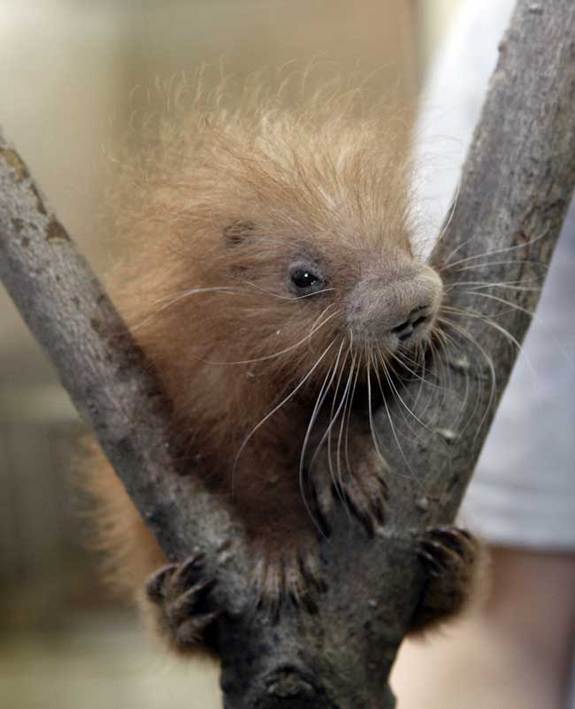
These guys are actually large rodents, second in size only to beavers. These guys are listed on the Red List of Threatened Animals but in their home range, they are actually listed as endangered. Habitat loss if the number one reason these guys are becoming more scarce.
What Would Happen If Sharks Disappeared?
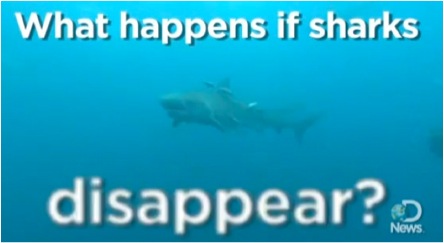
Shark populations worldwide are under enormous pressure due to overfishing. So what happens to an ecosystem when apex predators like sharks disappear?

